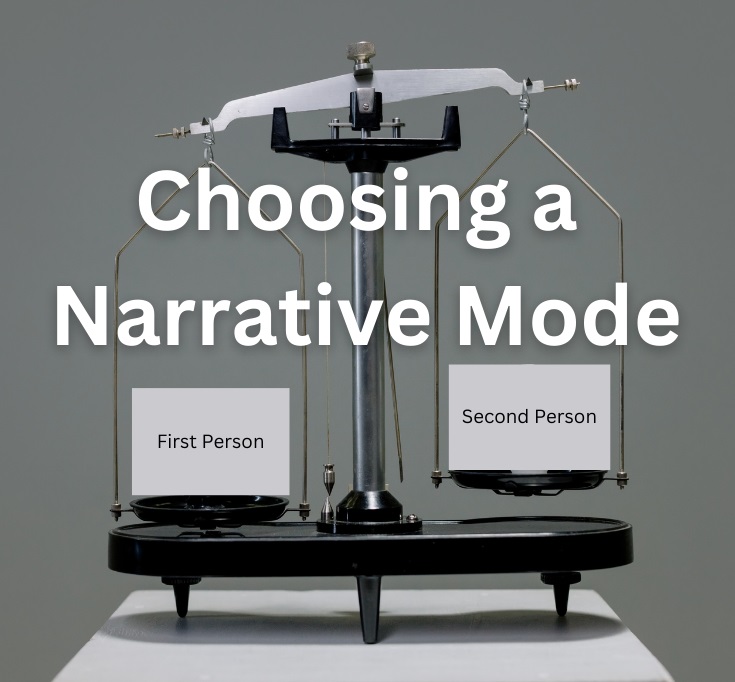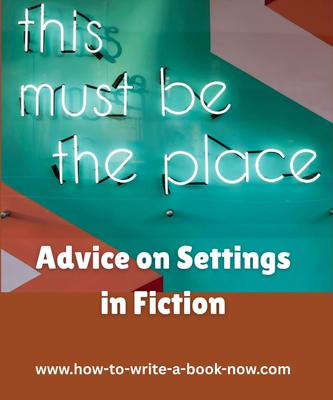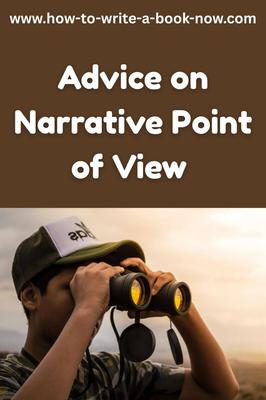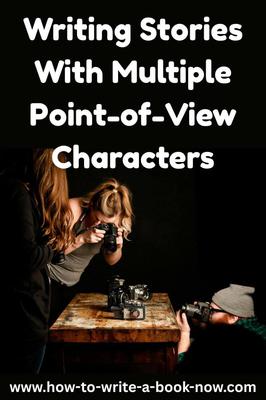W-plot and signposts clarification needed
by Michel
(the Netherlands)
Dear Glen,
First and foremost, so many thanks for your tremendous work and enlightening advice about creative writing !
I have a terminology-(and perhaps structure)-related question about your writing-an-outline.html page to the w-plot.html page.
Basically, it's all about the W-plot having 5 "nodes" and Dramatica defining 4 signposts. I haven't been able to find out how you map those 4 on 5 ... and it confuses me...
On the W-plot page, you say "Moore recommends choosing these five turning points or driver events as a first step in solidifying your plot, and I can't argue with that.
Okay, so far Dramatica and the W-plot are in agreement"
But right before, you showed 5 nodes for W, and in the following and outline pages about Dramatica, you only have 4. That doesn't look like agreement.
Moreover, by saying "these five turning points or driver events",
you equate (4) turning points with drivers (already earlier too), but discussing the W model you talk about (2) turning points,(2) trigger events, and the resolution. As an example, you say the climax is Turning point #4 but you only introduced 2 turning points earlier.
Trying to map writing-an-outline.html onto w-plot.html tables, my best attempt results in this:
OS SP#1: Inciting incident (Triggering event ?)
OS SP#2: The complication = Wplot 2nd Trigger Event ?
OS SP#3: The climax = Wplot 2nd Turning point
OS SP#4: The resolution = Wplot
- Are trigger events (including the inciting incident) Dramatica turning points ? (according to me Dramatica has Signposts or Story Points ?)
- Is the resolution not an event or turning point ?
- If the inciting incident is the trigger event, where has the 1st turning point, starting Act 2 in Wplot, disappeared ? (by the way, Dramatica 4th edition only uses once the term "inciting" p 164, as "inciting event"...
So I'm somehow left puzzled as how to reconcile all this, especially since Dramatica is actually defining its 4 "structural Acts" as progressive story points, "signposting" the 3 "dynamic Acts" or journeys in between (so actually defining 7 Acts !!), which Dramatica equates to the Aristotelian 3 Acts.
Anyway, this has turned out to become a very long question. I apologize, and hope you can concisely bring clarity to my confused mind ! :) Thanks !!!
M
Answer: You are absolutely right to point this out to me and have my sincere apologies for any confusion this has caused. The problem partly stems from the fact that Dramatica uses slightly different terminology when describing a 3-act versus a four-act model. However, since I wrote the "Writing an Outline" page (over 10 years ago), I have increasingly found that the 4-act model makes better sense to me, and I have adjusted my writing on the subject. (I'm not alone in this. Other Dramatica users have concluded that if you are working with a 4-act model, you have to dump the 3-act terminology). Let me explain how I see things now and why the confusion arose...
If you are working with a 4-act structure (my preference), the signposts are not the drivers.
The drivers are the major turning points that occur at the beginning and end of each act.
The signposts are the acts
So if we look at just the overall throughline of a story, a 4-act structure looks like this...
1st or Initial Driver
Act 1 (signpost 1)
2nd Driver
Act 2 (signpost 2)
3rd Driver
Act 3 (signpost 3)
4th or Crisis Driver
Act 4 (signpost 4)
5th or Final driver
In this model, "signpost" is actually a poor choice of words, since a signpost is not typically a single event but a sequence of events.
Now, if you prefer to think in terms of a 3-act structure, perhaps in keeping with the tradition established by Aristotle, the simplest way to reconcile the differences is to assume the middle two acts are combined, so the structure looks like this...
1st or Initial Driver
Act 1 (signpost 1)
2nd Driver
Act 2, part one (signpost 2)
3rd Driver
Act 2, part 2 (signpost 3)
4th or Crisis Driver
Act 3 (signpost 4)
5th or Final driver
This makes sense when you consider that the middle act of a 3-act structure is nearly always much longer than the other acts.
Some additional confusion comes from the fact that different writers have given the drivers different names. For instance, Aristotle called the Initial Driver the "inciting incident." Similarly, he calls the Final Driver the "catastrophe" (in the case of a tragedy).
Syd Field, the screenwriting guru, refers to the 2nd and 4th drivers as "plot point 1" and "plot point 2." Though he acknowledges some of the other drivers, he doesn't call them plot points, so they don't get numbered as such in his model. The designers of the W-plot used Field's term for two drivers and "trigger" for others.
You also have to bear in mind that Dramatica sees a well developed story as having more than one throughline. For instance, the main character's inner growth will have its own throughline, and its own 4 signposts. Ditto for the impact character and the relationship arcs. Not all writers understand the concept of multiple throughlines and sometimes refer to signposts from other throughlines by other names, such as "pinch points."
In the Dramatica book, Melanie Anne Phillips, while trying to reconcile the 4-act and 3-act models, introduces a new bit of confusion with the term "journeys."
In her 3-act model, the signposts are single events with sequences of events in between called journeys. So, in this model the drivers are less important and the journeys rather than the signposts become the content of the acts. The result looks like this...
Signpost 1
Act 1 (journey 1)
Signpost 2
Act 2 (journey 2)
Signpost 3
Act 3 (journey 3)
Signpost 4
This model leaves out the turning point that generally appears in the middle of act two (in most 3-act models).
Though the terms "journey" and "driver" make sense in the Dramatica lexicon, it is unfortunate that the term "signpost" can mean different things depending on whether you are using a 3-act or 4-act structure.
I generally don't use the term "journey" any more since it doesn't apply to a 4-act model.
But you are quite right to point out that it is high time I revised the page on "Writing an Outline" to better reflect this decision.
- Home
- Writing Questions
- W-plot and signposts clarification needed















